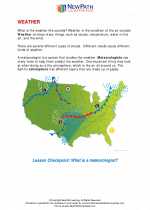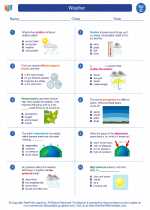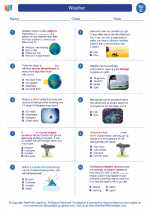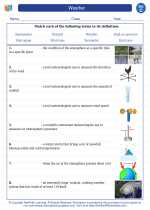Reaction with Acids
When a substance reacts with an acid, a chemical reaction takes place. This reaction can result in the formation of a salt and the release of hydrogen gas. The general equation for the reaction between an acid and a metal is:
Acid + Metal → Salt + Hydrogen gas
Types of Reactions with Acids
There are several types of reactions that can occur when a substance comes into contact with an acid:
- Acid-Metal Reaction: When a metal reacts with an acid, it produces a salt and hydrogen gas. For example, when hydrochloric acid reacts with zinc, it produces zinc chloride and hydrogen gas.
- Acid-Base Reaction: When an acid reacts with a base, it forms a salt and water. This type of reaction is also known as a neutralization reaction. An example of this is the reaction between hydrochloric acid and sodium hydroxide, which produces sodium chloride and water.
- Acid-Carbonate Reaction: When an acid reacts with a carbonate, it forms a salt, water, and carbon dioxide gas. For instance, the reaction between hydrochloric acid and calcium carbonate produces calcium chloride, water, and carbon dioxide.
Study Guide
Here are some key points to remember when studying reactions with acids:
- Identify the type of reaction: Determine whether the reaction is an acid-metal reaction, acid-base reaction, or acid-carbonate reaction.
- Products of the reaction: Understand the products formed as a result of the reaction, including the salt, water, and any gases released.
- Balancing chemical equations: Practice balancing the chemical equations for the reactions to ensure that the number of atoms of each element is equal on both sides of the equation.
- Observations: Take note of any observable changes during the reaction, such as the release of gas or the formation of a precipitate.
Understanding reactions with acids is important in chemistry as it provides insights into the behavior of substances when they come into contact with acidic solutions.
.◂Science Worksheets and Study Guides Third Grade. Weather
Study Guide Weather
Weather  Worksheet/Answer key
Worksheet/Answer key Weather
Weather  Worksheet/Answer key
Worksheet/Answer key Weather
Weather  Worksheet/Answer key
Worksheet/Answer key Weather
Weather  Vocabulary/Answer key
Vocabulary/Answer key Weather
Weather  Vocabulary/Answer key
Vocabulary/Answer key Weather
Weather 

 Worksheet/Answer key
Worksheet/Answer key
 Worksheet/Answer key
Worksheet/Answer key
 Worksheet/Answer key
Worksheet/Answer key
 Vocabulary/Answer key
Vocabulary/Answer key
 Vocabulary/Answer key
Vocabulary/Answer key

The resources above cover the following skills:
EARTH AND SPACE SCIENCE (NGSS)
Earth’s Systems
Students who demonstrate understanding can:
Represent data in tables and graphical displays to describe typical weather conditions expected during a particular season.